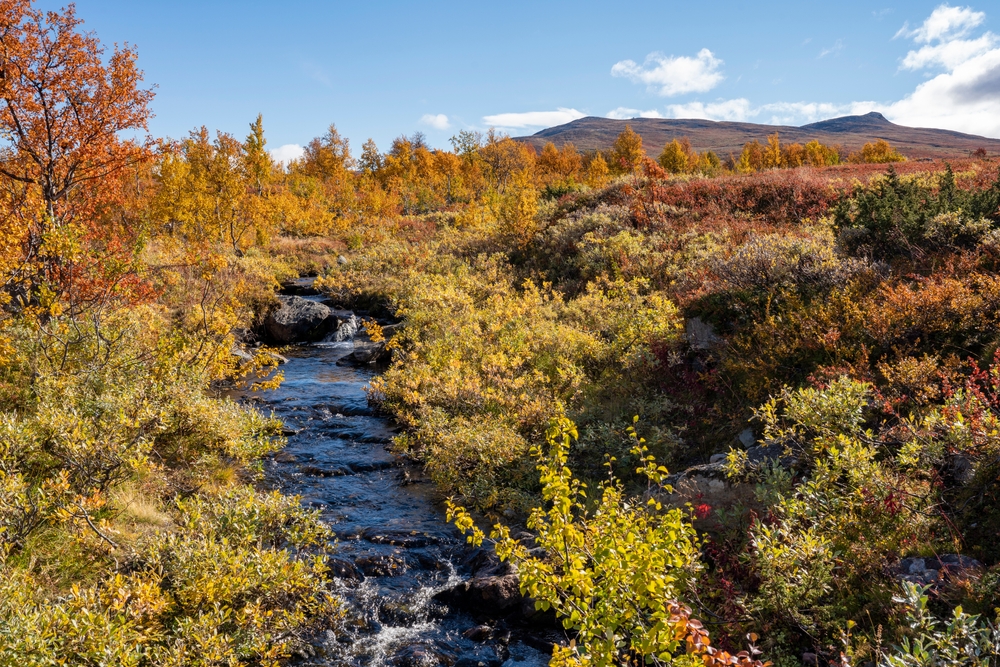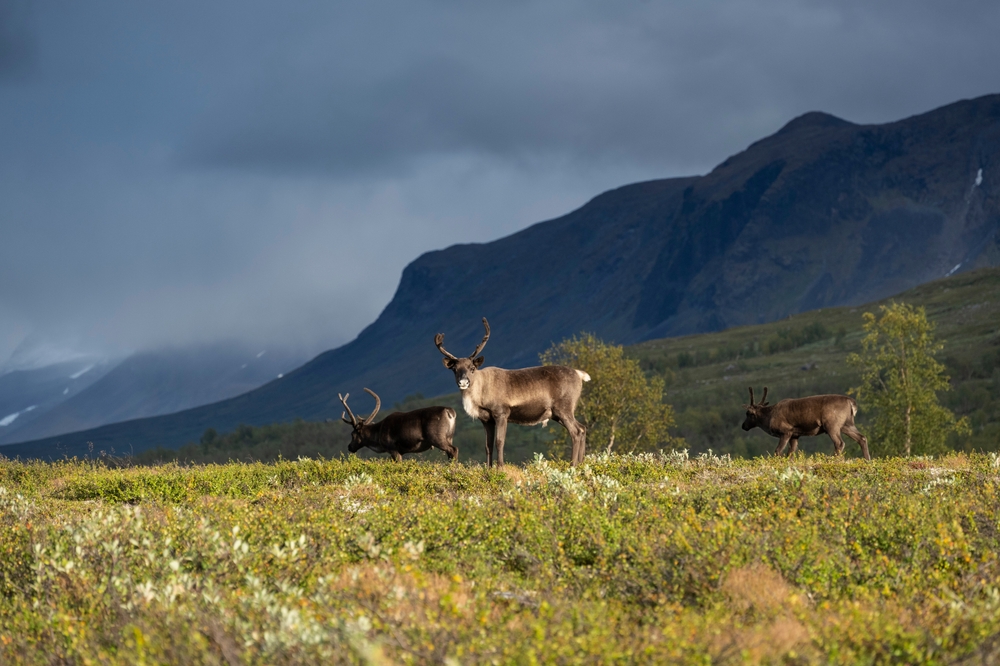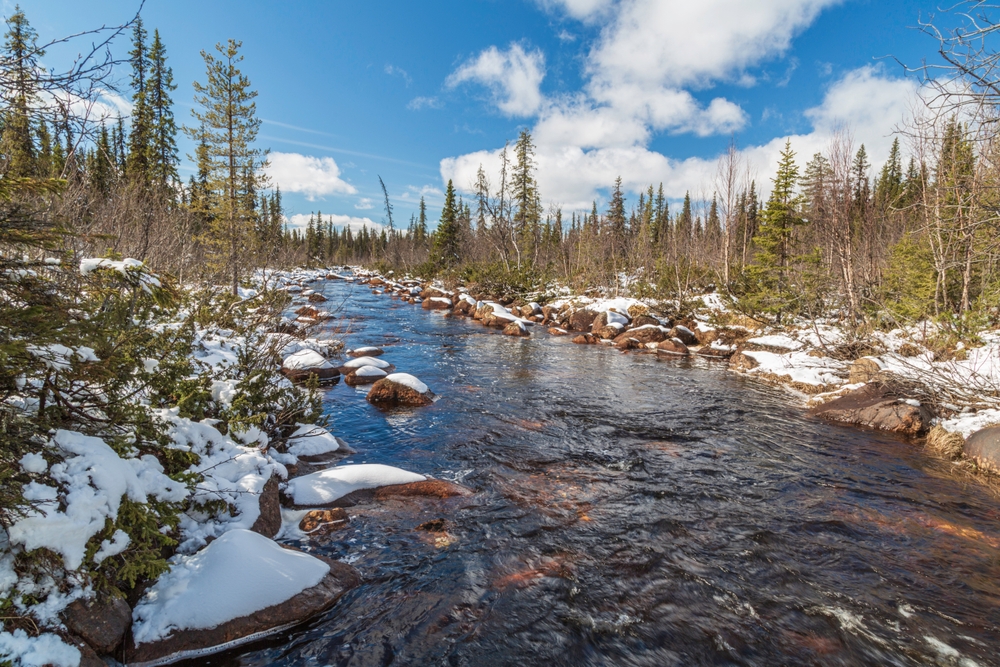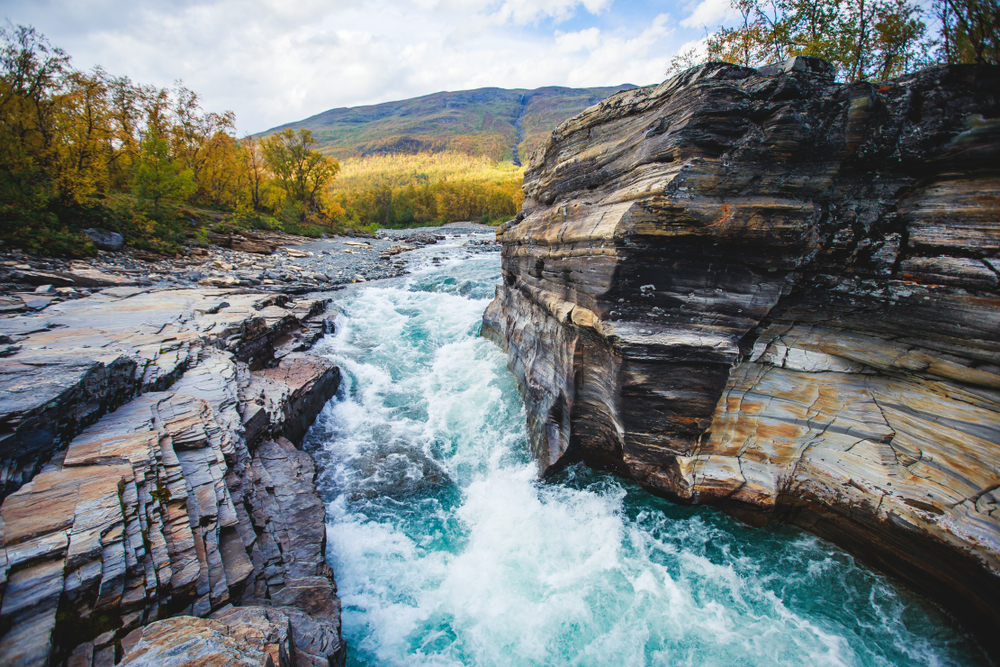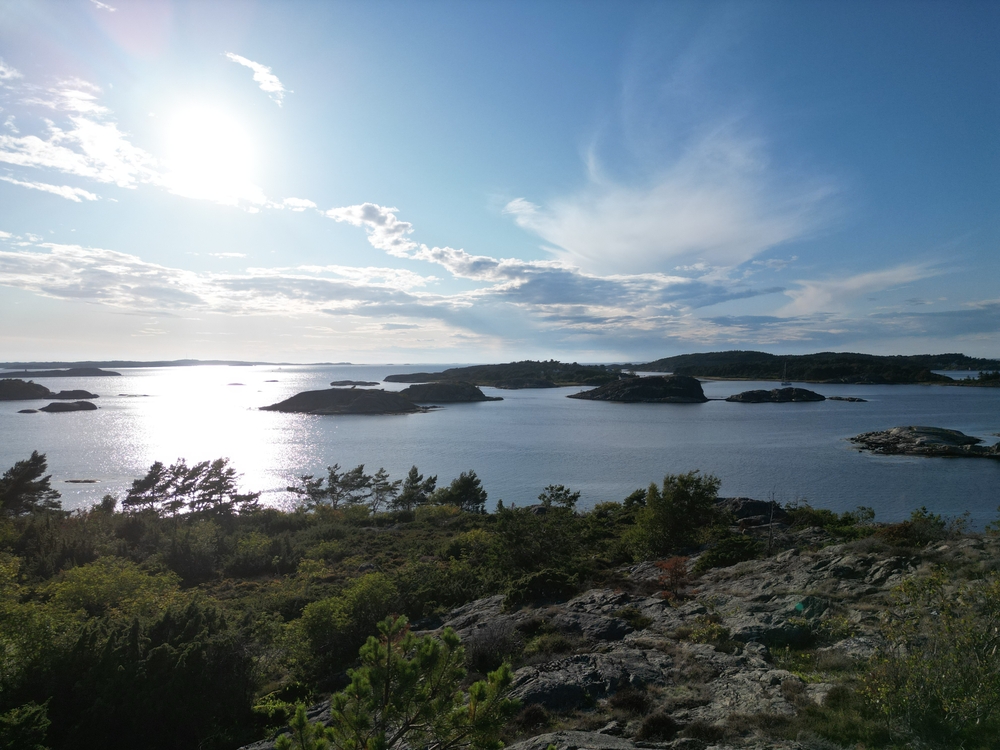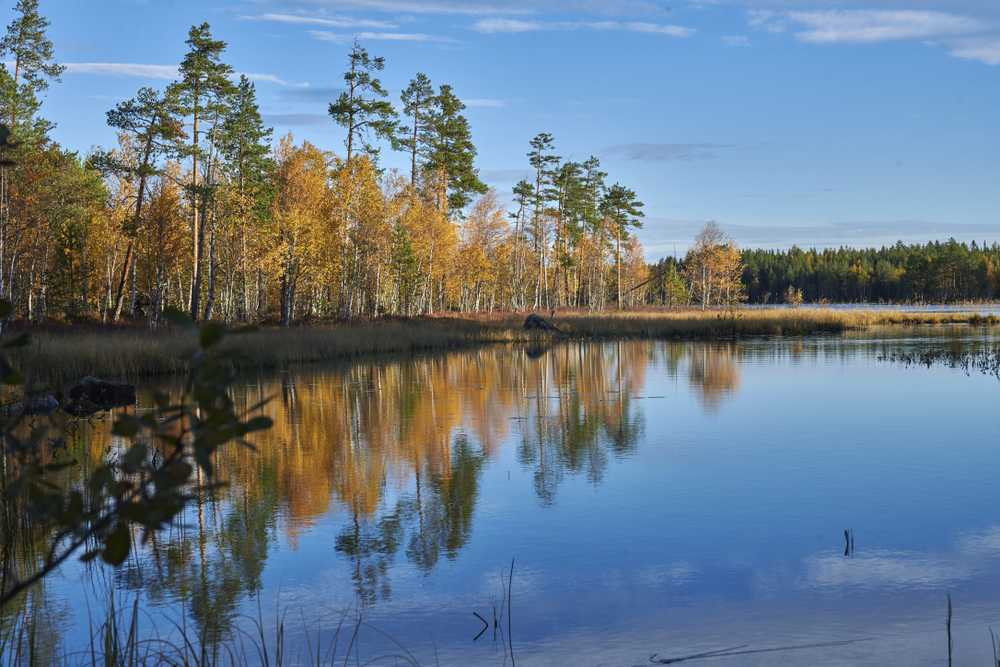Pieljekaise Overview
Pieljekaise National Park, known as Pieljekaise Nationalpark in Swedish, is a remote and breathtakingly beautiful protected area in northern Sweden, located in Norrbotten County within the Arctic Circle.
Covering approximately 61 square miles (160 square kilometers), this park is characterized by rolling hills, alpine tundra, and vast expanses of birch forests. The park’s name, Pieljekaise, comes from the mountain that dominates its landscape, with a gently sloping summit that offers panoramic views of the surrounding wilderness.
The park is a part of the Laponia region, a UNESCO World Heritage Site, and it serves as an important refuge for wildlife and a crucial area for the indigenous Sámi people, who have lived in the region for centuries.
The terrain of Pieljekaise National Park is shaped by ancient geological processes, featuring undulating hills and rugged highland areas interspersed with lush valleys. One of the park’s most striking features is its extensive birch forests, which thrive in the subarctic climate.
These forests provide a stark contrast to the open tundra found at higher elevations, where low-lying shrubs, lichens, and hardy grasses dominate the landscape. During the short summer season, the park bursts into life with wildflowers carpeting the meadows, creating a stunning spectacle of color.
Numerous small lakes and streams are scattered throughout the park, supporting a diverse range of flora and fauna. The waterways also contribute to the park’s serene and unspoiled atmosphere, reflecting the dramatic mountain scenery.
Wildlife enthusiasts visiting Pieljekaise National Park may encounter a variety of species that have adapted to the harsh Arctic conditions. Among the most iconic mammals found in the park are reindeer, which roam freely as part of Sámi-managed herds. The park is also home to moose, red foxes, and wolverines, elusive predators that thrive in the remote wilderness.
Birdwatchers can look forward to spotting species such as the Siberian jay, willow ptarmigan, and rough-legged buzzard. The park’s lakes and wetlands also attract migratory birds, including various species of ducks and waders, making it an important area for bird conservation.
Visitors are drawn to Pieljekaise National Park for its sense of solitude and unspoiled natural beauty. Unlike some of Sweden’s more accessible parks, Pieljekaise is relatively untouched by tourism, offering a true wilderness experience. The Kungsleden, or King’s Trail, one of Sweden’s most famous long-distance hiking routes, runs close to the park, and a marked trail passes through its interior, allowing hikers to immerse themselves in its pristine environment.
The park is particularly popular among those seeking a peaceful and scenic trekking experience, with opportunities for multi-day hikes and backcountry camping. Winter visitors can experience the park under a thick blanket of snow, engaging in activities such as snowshoeing or ski touring.
Conservation efforts in Pieljekaise National Park focus on maintaining its fragile ecosystems and protecting the cultural heritage of the Sámi people. The park is managed with minimal human interference to preserve its wilderness character.
One of the main challenges facing the park is climate change, which threatens to alter the delicate balance of its subarctic ecosystems. Despite these challenges, the park remains a stronghold for biodiversity, and its protection ensures that future generations will continue to experience the untouched beauty of Sweden’s Arctic landscapes.








































































